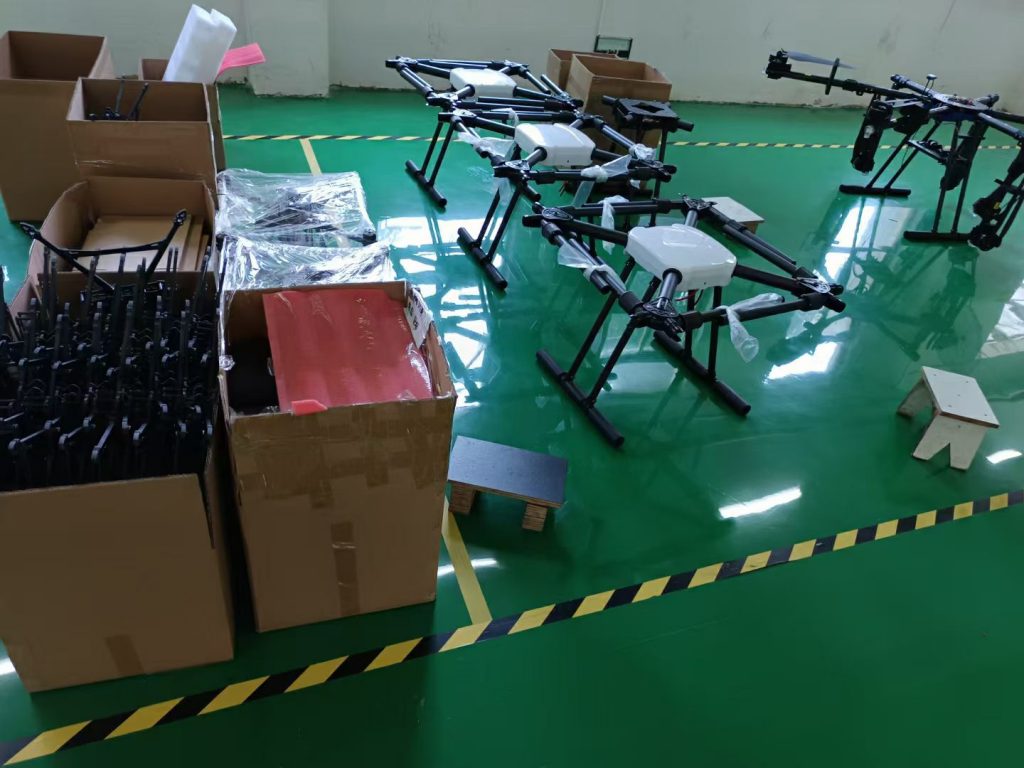
Fields of Innovation: How Chinese Agri-Drones Are Transforming American Farming
America’s heartland hums with the rhythm of giant tractors, sprawling cornfields, and the hum of irrigation systems—a testament to a century of agricultural excellence. Yet beneath this productivity lies a growing unease. Aging farmworkers, soaring labor costs, and tightening environmental regulations are forcing even the most tech-savvy operations to rethink how they work. Enter an unexpected ally: agricultural drones imported from China, now taking flight over U.S. farmlands to prove that innovation and tradition can coexist—and thrive—together.
America’s Farms: Big Scale, Bigger Challenges
The U.S. is the world’s breadbasket, but its agricultural engine faces new pressures. Consider Iowa’s cornfields: 90% of the state’s 36 million acres are planted with corn and soybeans, much of it managed by families who’ve farmed the same land for generations. Yet today, a typical Iowa farm employs half the workers it did in 1980, as young people flock to cities. Meanwhile, EPA regulations demand sharper cuts in pesticide and fertilizer runoff—down 40% by 2030—to protect the Mississippi River and Gulf of Mexico.
Take Mark Peterson, a fourth-generation corn and soybean farmer in central Iowa. “Last year, I spent $120,000 on manual spraying,” he says, leaning against his John Deere tractor. “Two weeks of work, 10 guys, and half the chemicals washed into the ditches after a rainstorm. My grandson asked why we’re still doing it this way. I didn’t have an answer.”
Across the country, similar struggles unfold. California’s Central Valley, the nation’s fruit and nut basket, battles labor shortages and water scarcity. Florida’s citrus groves face citrus greening disease, a deadly blight that spreads faster than human crews can contain it. Even the tech-savvy Pacific Northwest, home to precision agriculture pioneers, grapples with scaling sustainability amid rising consumer demand for “eco-friendly” produce.
Drones Built for America’s Fields—and Its Farmers
When we first explored exporting to the U.S., we didn’t just send drones designed for smaller, fragmented farms. We studied America’s unique agricultural landscape: its vast monoculture fields, high-tech irrigation systems, and farmers’ deep pride in independence. What emerged was a machine built not just for scale, but for the American farmer’s ethos of getting it done right—efficiently, sustainably, and without compromising tradition.
Precision That Pays: Our drones are equipped with hyperspectral sensors and AI-driven analytics, mapping crop health down to the individual plant. For Mark’s cornfield, this means identifying early signs of nutrient deficiency or pest infestations before they spread—allowing targeted spraying that cuts chemical use by 50% while boosting yields by 15%. “The drone shows me exactly where to spray,” Mark says. “No more blanketing the whole field. My costs are down, and the EPA loves it.”
Speed and Scalability: A single drone can cover 200 acres in a day—equivalent to 10 spray crews working 10-hour shifts. This is game-changing for California’s almond orchards, where bloom season lasts just 10 days. “We used to miss blooms because we couldn’t get crews out fast enough,” says Maria Gonzalez, who manages a 500-acre almond farm in Fresno. “Now, drones spray pollination enhancers at dawn, when bees are most active. Our yield’s up 20%, and we’re using less water.”
Easy to Learn, Proud to Own: Many American farmers are tech-savvy but wary of complexity. We designed a user-friendly app with one-touch “crop scan” and “spray plan” modes, paired with on-farm training led by U.S.-based agronomists. “I’m 62, and I was nervous about drones,” admits Mark. “But after the first flight? I felt like a kid with a new toy. Now I teach my grandson how to calibrate the sensors. It’s bonding—we’re learning together.”
More Than Machines: Trust in the Heartland
In America, trust is earned over shared meals at the local diner and stories of harvests past. We didn’t just drop off drones; we partnered with agricultural co-ops, land-grant universities, and farm bureaus to host “drone demo days.” At Iowa State University, farmers tested our drones alongside their own equipment, comparing spray accuracy and fuel savings. At a California vineyard, a winemaker used drone data to adjust irrigation, resulting in richer Cabernet Sauvignon.
“American farmers are practical,” says Jake, a regional sales lead who grew up on a Nebraska farm. “They need to see ROI, not specs. Once they do? They become our biggest fans.”
That trust deepened when we adapted to their needs. During last summer’s drought in the Plains, we rushed water-efficient nozzles to farmers using our drones. When Mark struggled to map uneven Iowa terrain, our engineers updated the flight algorithm to hug contour lines—avoiding crashes into gullies. “You didn’t just sell us a tool,” Maria says. “You stayed when the heat was on. That’s partnership.”
A Shared Future: Innovation for All
What began as a business transaction has become a collaboration. American farmers teach us about their land: how drones handle the Midwest’s high winds, which crops (like California’s artichokes) need gentler spray settings, even which Midwestern phrases make training stick (“Let’s fly, dronie!”—now a workshop inside joke). In return, we’re refining our drones: larger tanks for California’s vast orchards, quieter motors to avoid spooking livestock, and solar panels to extend flight time in the Pacific Northwest’s long summer days.
As the U.S. aims to cut agricultural emissions by 25% by 2030, drones offer more than efficiency—they offer hope. They let young farmers like Mark’s grandson see a future where technology and tradition coexist. They let elders like Maria pass down farming wisdom without burning out. And they let America’s heartland prove that even in a world of mega-farms, smart, sustainable tools can help every plot thrive.
So when you next see a drone gliding over Iowa cornfields or California almond orchards, know this: it’s not just flying. It’s carrying the dreams of a global partnership, the lessons of a factory halfway across the world, and the quiet belief that the best innovations honor the past while helping the future take root.
After all, in a land where the soil is rich with possibility, progress should feel like coming home—stronger, smarter, and ready to grow.
THE END

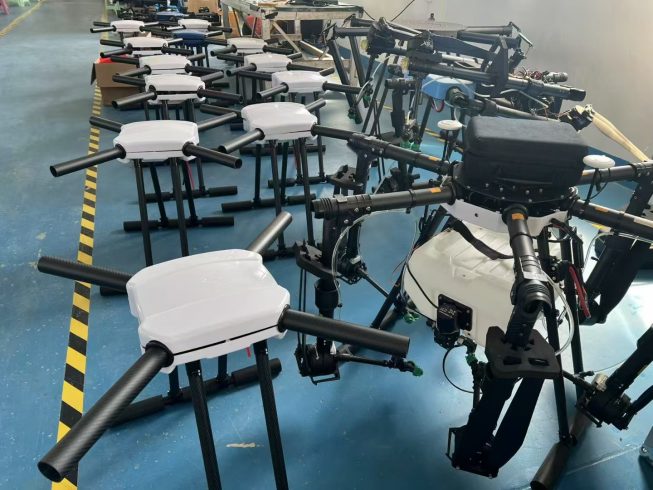
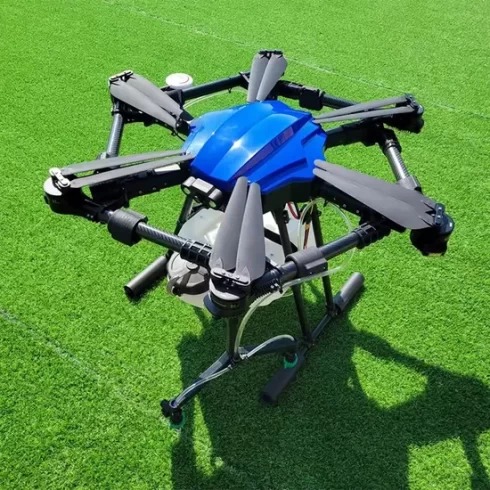
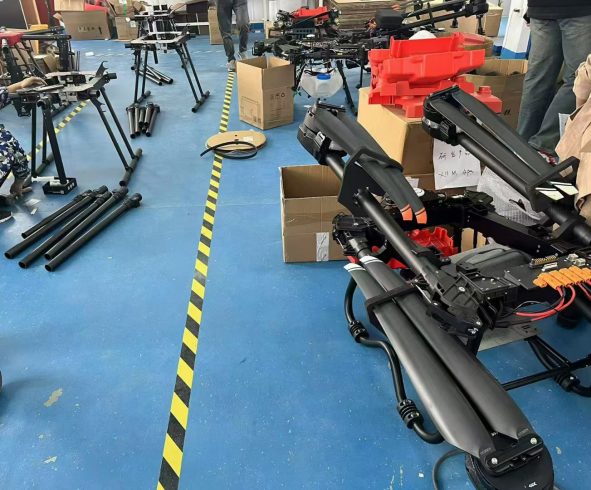
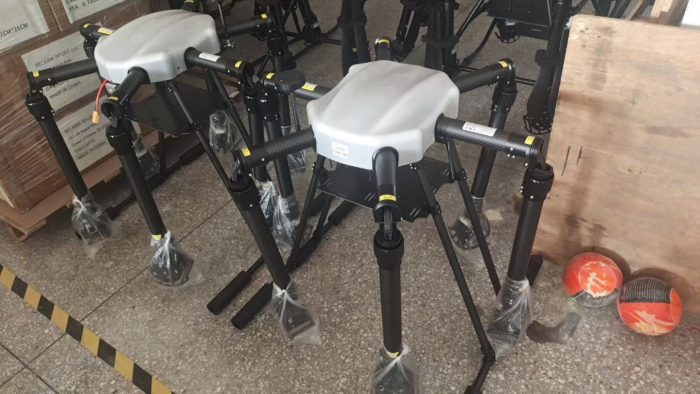
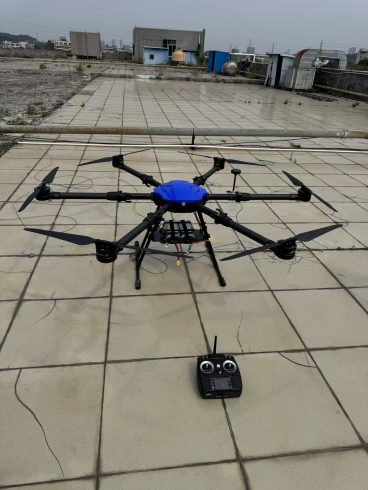
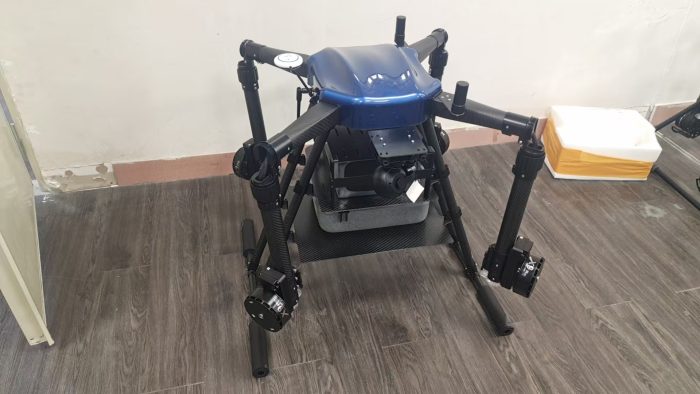
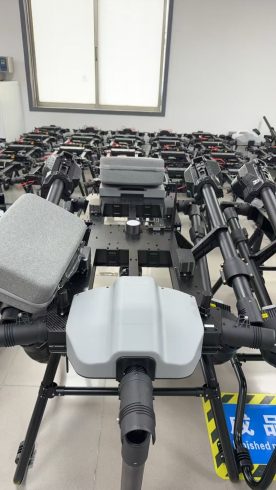

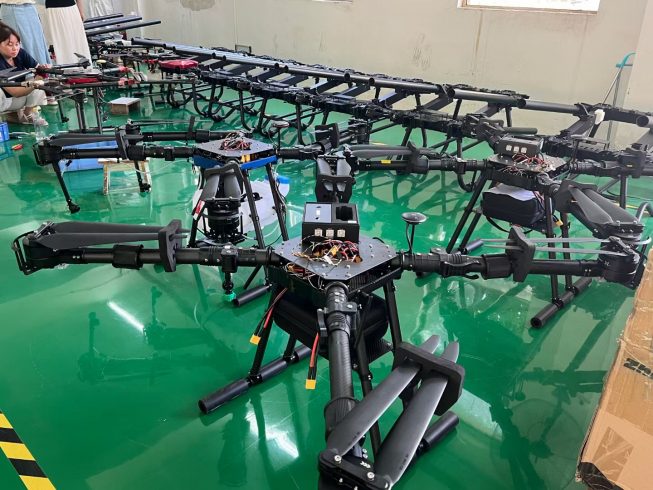

暂无评论内容